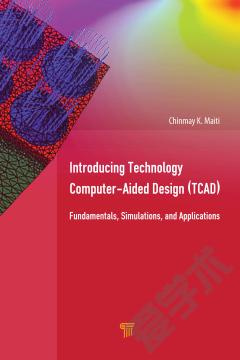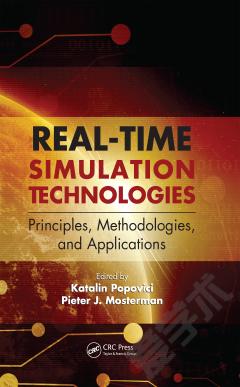Introducing Technology Computer-Aided Design (TCAD) —— Fundamentals, Simulations, and Applications
----- 计算机辅助工艺设计入门
This might be the first book that deals mostly with the 3D technology computer-aided design (TCAD) simulations of major state-of-the-art stress- and strain-engineered advanced semiconductor devices: MOSFETs, BJTs, HBTs, nonclassical MOS devices, finFETs, silicon-germanium hetero-FETs, solar cells, power devices, and memory devices. The book focuses on how to set up 3D TCAD simulation tools, from mask layout to process and device simulation, including design for manufacturing (DFM), and from device modeling to SPICE parameter extraction. The book also offers an innovative and new approach to teaching the fundamentals of semiconductor process and device design using advanced TCAD simulations of various semiconductor structures. The simulation examples chosen are from the most popular devices in use today and provide useful technology and device physics insights. To extend the role of TCAD in today advanced technology era, process compact modeling and DFM issues have been included for design technology interface generation. Unique in approach, this book provides an integrated view of silicon technology and beyond with emphasis on TCAD simulations. It is the first book to provide a web-based online laboratory for semiconductor device characterization and SPICE parameter extraction. It describes not only the manufacturing practice associated with the technologies used but also the underlying scientific basis for those technologies. Written from an engineering standpoint, this book provides the process design and simulation background needed to understand new and future technology development, process modeling, and design of nanoscale transistors. The book also advances the understanding and knowledge of modern IC design via TCAD, improves the quality in micro- and nanoelectronics R&D, and supports the training of semiconductor specialists. It is intended as a textbook or reference for graduate students in the field of semiconductor fabrication and as a reference for engineers involved in VLSI technology development who have to solve device and process problems. CAD specialists will also find this book useful since it discusses the organization of the simulation system, in addition to presenting many case studies where the user applies TCAD tools in different situations.
{{comment.content}}








 京公网安备 11010802027623号
京公网安备 11010802027623号